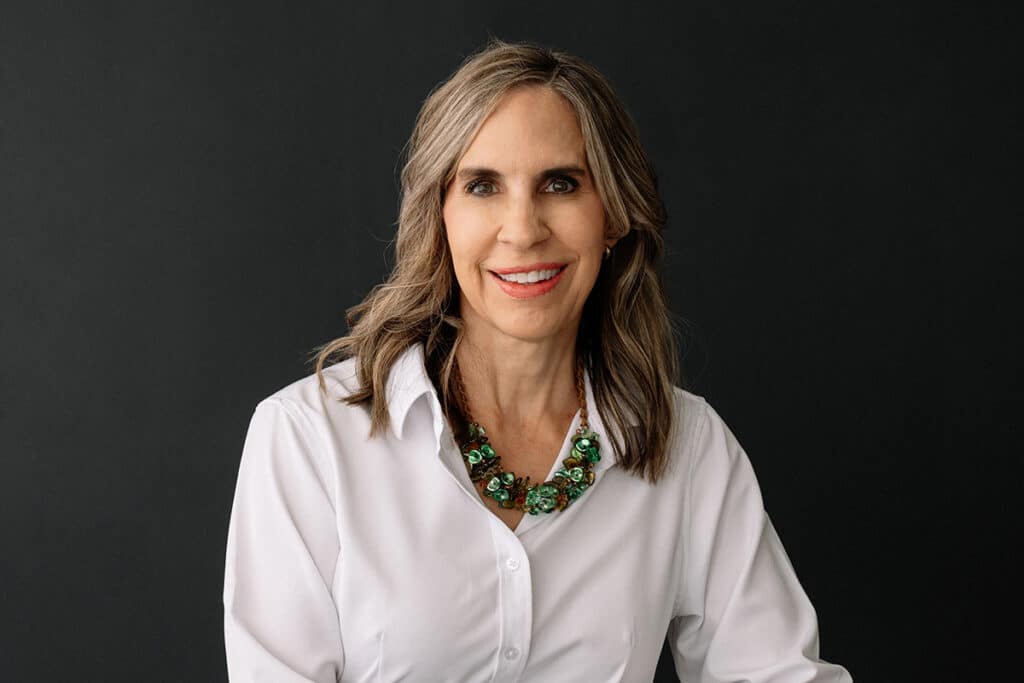Forget the stock market. If you want to see real return on an investment, start banking on your health. Follow these simple strategies, and you’ll realize regular dividends in the form of good health and a long life.
Review your portfolio
Think about your current exercise, nutrition and sleep habits — then fast-forward 20 years. What would your body and your life be like? Would you be a spry centenarian living under your own roof or a 70-year-old struggling with multiple health problems and isolated in a nursing home? It’s hard to think long term when it’s so easy to take for granted the mental agility and physical capabilities that come with youth. The reality of aging hits all of us at different times. A close friend’s cancer diagnosis or a parent who is showing signs of Alzheimer’s provides a glimpse of the future. Suddenly the promise of youth sold on late-night TV infomercials is exposed for the sham that it is, and we’re forced to take stock and meaningful action.
Small investment. Big returns.
Think of your body like a house. A home requires attention and regular maintenance to weather storms and hold its value. The same is true for your body. If you don’t give it the care and attention it needs, don’t be surprised when your eyesight goes fuzzy and the blood pressure reading is in the red zone. “Wherever you are on the continuum of aging, it is important to learn about how to live in appropriate ways in order to maximize health and happiness. That should be an essential goal for all of us,” says Dr. Andrew Weil, author of Healthy Aging: A Lifelong Guide to Your Physical and Spiritual Wellbeing, (Knopf; Oct. 18, 2005).
There are a number of things you can do to improve your overall health now and likely your longevity. None of these tips is earth-shattering, but just as with investing your money, the earlier you adopt these habits, the greater your return. (Thankfully your body isn’t subject to the rise and fall of the markets or the occasional recession!) Give the butt the boot—The No. 1 thing you can do to increase your life expectancy and overall health is to quit smoking. It’s estimated smoking reduces your lifespan by 10 years, and that doesn’t include the years lived with smoking-related illnesses and disability. The CDC (Centers for Disease Control) estimate that smoking will result in death or disability for half of all people who continue to smoke. Smoking is the greatest preventable cause of death (and wrinkles!) Be sun savvy—Want to avoid painful trips to the dermatologist to get cancerous skin removed from your face and body? Then all you need to do is be sensible about sun exposure. Cover up and wear sunscreen — every day, rain or shine. Skin cancer accounts for more than 50 percent of all cancers combined and is the most commonly diagnosed type of cancer among men and women. No one is immune from the sun’s rays, not even African Americans, Asians or Latinos, for whom skin cancer can be the most deadly. With a person dying from skin cancer each hour, slathering on the sunblock doesn’t seem so hard, does it?
Construct a family medical history tree—Did your grandmother die of breast cancer or heart disease at 50? Does early onset diabetes run in the family? These are important questions to ask your parents and grandparents while you still can. Relay this information to your doctor, and educate yourself on the signs and symptoms of conditions that may run in your family. Adopt a heart-healthy diet—In spite of what the U.S. government’s Food Pyramid promotes, perhaps the best example of eating right comes from Okinawa, Japan, where living to 100 and beyond is not unusual. Here’s a visual formula for the Okinawan diet: Think of the plate as a pie chart with three-quarters of it blacked in — that’s the right proportion of fruits and vegetables at each meal. The one-quarter remaining — that’s for animal products. Eating fewer calories has been shown in animal experiments to boost longevity. The Okinawans do this naturally: They eat until they are about 80 percent full, and after 20 or 30 minutes, their stomachs have adjusted to the smaller meal.
A couple of other simple rules — skip the fried and fatty foods, don’t get second helpings, eat at home, and shop the perimeter of the grocery store (because you’ll avoid most of the processed food) — will also make your heart — and thighs — healthier. Consider taking supplements—Ideally, you’re getting all the vitamins and minerals you need from a healthful diet since your body absorbs them better from whole foods. But if you have a medical condition that prevents you from absorbing nutrients, experience heavy bleeding during your menstrual period, are postmenopausal or don’t eat a balanced diet, you may want to take a multivitamin. Avoid mega-dosing unless you’re under the supervision of a doctor. If you plan on having children someday, it’s a good idea to take a multivitamin that gives you plenty of folic acid now. The benefits of folic acid for the developing fetus kick in even before you know you’re pregnant. A recent study showed taking 400 micrograms of folic acid daily for a year before becoming pregnant prevents premature delivery.
Make exercise a part of each day—Our electronic culture makes sitting down a sport, but you won’t win anything but obesity, diabetes and heart disease when the game is over. Think about your daily habits: bathe, brush teeth, eat, sleep—now add “exercise” to that list and make it non-negotiable. Strive for at least half an hour of exercise daily, varying your routine to include cardiovascular workouts and strength training. Don’t forget key screening tests—Starting in your 20s, your doctor can perform or recommend a number of simple tests to look for any problems. For many conditions, catching them early is the best way to avoid complications later in life. You may even be able to prevent serious problems by listening to early warning signs.
Tests in your 20s and 30s
Make your birthday your yearly reminder to get a thorough checkup. Here’s a list of the basic tests you should ask for. Additional tests may be recommended based on your personal health profile.
Weight. Extra weight puts you at high risk for developing a number of diseases later in life.
Blood Pressure. It can detect problems with your heart, arteries, brain, eyes and kidneys.
Cholesterol Profile. Everyone over 20 should know his or her cholesterol numbers and get them checked at least once every five years.
Breast Exam, Pelvic Exam and Pap. A yearly clinical breast exam and 10 minutes of mild discomfort from the pelvic exam once every one to three years pay big dividends in protecting you from cancer and diseases that can cause infertility. Men don’t escape discomfort — they get testicular exams.
Mole Check. Your doctor should look for unusual moles or skin cancers once every three years.
Eye Exam. See an ophthalmologist (eye physician) at some point before you’re 40. A thorough eye exam can detect everything from cancer to vascular disease.
Immunization Update. Be sure to ask your doctor to update any immunizations that you might need.
Tests in your 40s
In addition to the tests above, get a mammogram, a fasting blood sugar test, and ask if you need a tetanus booster and a flu shot.
Make a daily health deposit
In our instant gratification society, it can be a real challenge to make a daily investment in your health. You need only to look at your parents for motivation (whether those examples are inspiring or scary). Take a proactive approach to your health, and you’ll enjoy the benefits for many years to come.




